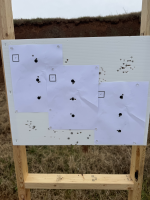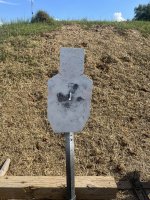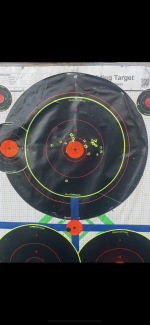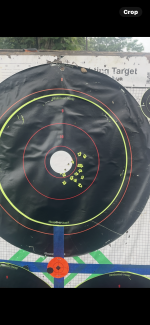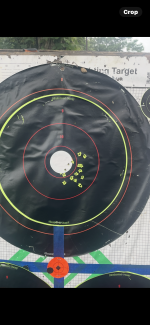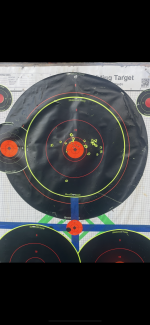So I watched the podcast by Hornady titled your groups are to small today. So I had about 80 rounds of new Gun Werks brass loaded that needed shooting so I shot a 80 shot string at 300 yards . My ES was 137.9 fps. and my SD was 36.7 average feet per second was 3309.7 .
With my Horizon 22creedmoor my question is what should I expect them to be and does it really matter as long as my group was good ? Which is another question what is considered a good group at 300 yards for a old one eyed man?
With my Horizon 22creedmoor my question is what should I expect them to be and does it really matter as long as my group was good ? Which is another question what is considered a good group at 300 yards for a old one eyed man?

